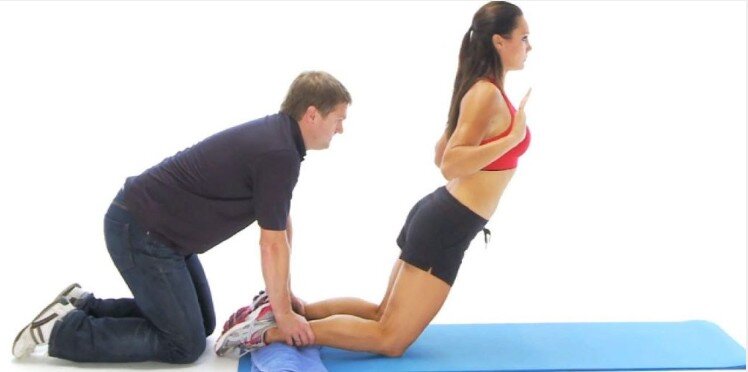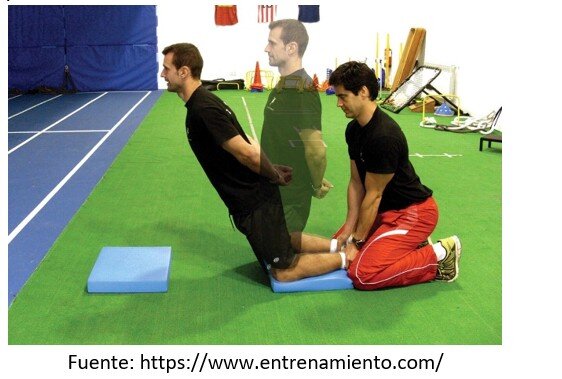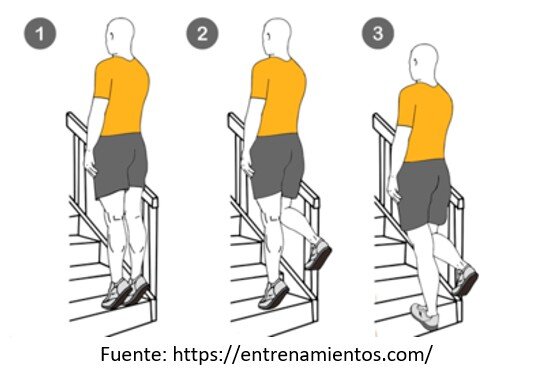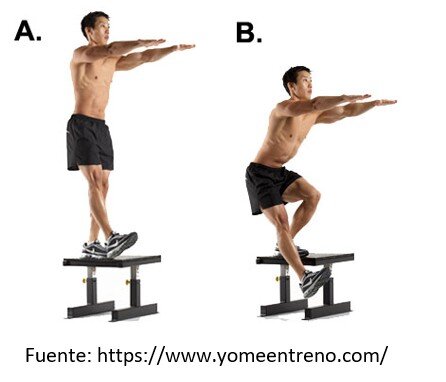Eccentric work for triathlon
There are many running situations in which our muscles perform an eccentric contraction, so we must have it trained for it.

The muscles, mainly the lower body, during the triathlon race segment, have a part of work in an eccentric regime that is often forgotten at the time of training.
This type of work helps to prevent injuries, in addition to favoring the adequate development of strength to face the different types of terrain.
To begin we explain that eccentric contraction occurs in movements during which the muscle lengthens as it contracts.
This may seem like a utopia to you, but if you think for example in a running downhill, your quadriceps contracts as it lengthens, while in a squat (up phase) it contracts as it shortens (concentric contraction).
Starting from the previous example, we can already understand that there are many race situations in which our muscles perform an eccentric contraction, so we must have it trained for it.
Triathlon eccentric work exercises
Next we propose you several exercises for this:
Hamstrings

With your knees flat on the ground, hold your ankles and make a controlled descent towards the ground keeping your back straight.
You must progress in this exercise in terms of the distance of descent so that the muscles adapt to the intensity.
Cufflinks and soleus

In a step or box, leaving the heels without supporting, go up with the impulse of both legs and go down with the support in a slow and controlled way.
Gluteus and quadriceps

On a bench or box, support one leg and bend the knee, so that the other leg remains stretched in the air.
Exercises in 4-1
It consists of performing the eccentric phase in 4 times while the concentric phase will be done in one. For example, in a squat or lunge we can go down in 4 seconds and go up in one.
Hill descent
A specific training when our objective so requires it would be to work downhill at a pace similar to that of competition. For example, on steep slopes and approximately 50-80m in length, we do 10 descents and use recovery ascents.
These proposals should be alternated with the strength training in concentric contraction and as long as you have the muscles ready for it.
Ideally, you should have the supervision of a trainer so that you can carry out the work without risk of injury.

Dra. Science of Physical Activity and Sport
There are no previous results.




























